It was the best of times, it was the worst of times, but mostly it was the worst of times. The English language doesn’t really have vocabulary capable of articulating what it was like to live through 2020, and while pictures may be worth a thousand words the ones that follow won’t do it justice either. Historically awful and unprecedented is about the best I can do.
This year was bad enough, in fact, that I debated whether to abandon this traditional post entirely for a year.
But that idea didn’t sit well for several reasons. Most obviously, while this was a genuinely terrible year for me, my experience was a cake walk next to that of millions of Americans. Unlike actually essential workers, I was able to seamlessly transition to working from home full time. Unlike restaurant owners and staff, the impact on my industry was relatively light, and my employment was unaffected. And with a few notable exceptions, most of my friends, coworkers and loved ones were likewise not part of the 384,000 and counting Americans that lost their lives at least in part due to a complete and unmitigated failure on the part of the federal government to protect its citizens. What was a bad year for me, then, was a living hell for far too many.
Stupidly, not posting my annual year in pictures also felt like surrender, and a lack of gratitude for the few good – even great – things that happened to me this year. The more I thought about it, the more posting seemed mandatory rather than optional.
So here we are.
As always, these are the moments – significant or mostly not – that characterized my year personally. Blessedly, there’s basically no politics in here because I don’t have any images of that horror. Before we get to the pictures, however, a quick check-in on travel.
Travel
Normally this is the part where I mine openflights.org and TripIt for travel stats like miles flown, number of airports, etc that make me sad, lamenting both the time spent in flying metal tubes and the time away from my family. This year’s travel update is easy, because there was no travel. I have not been on an aircraft since December of 2019, which is very likely my longest stretch without a flight since high school.
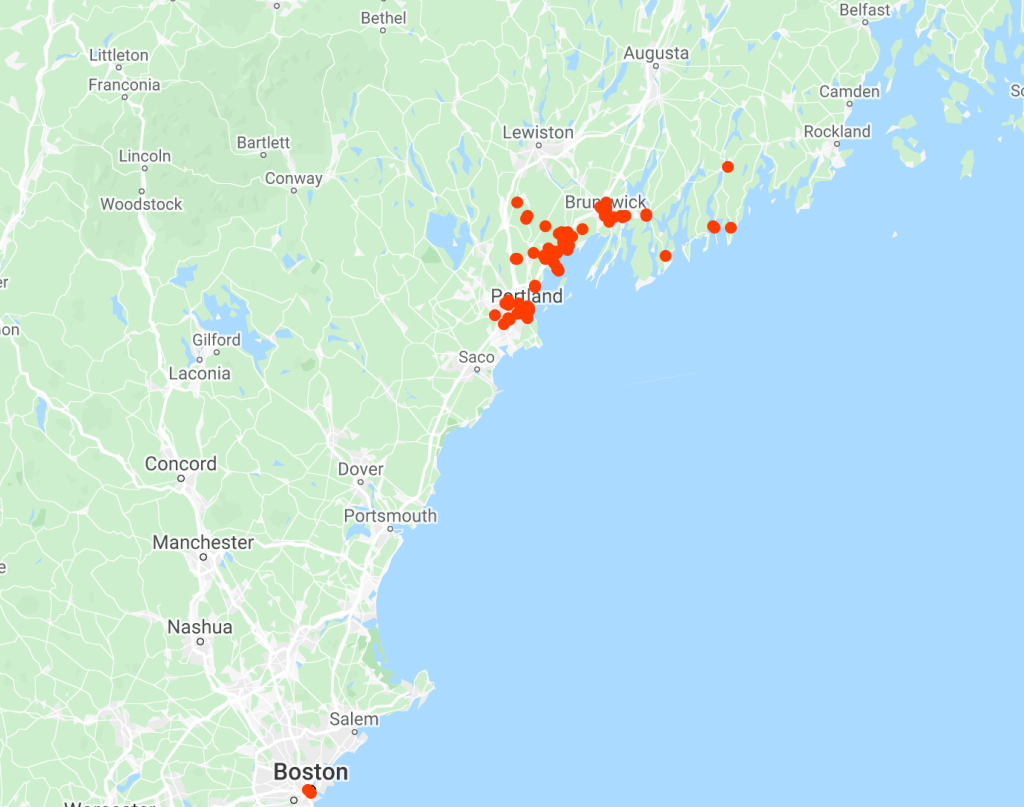
I never left the country, obviously, and with the exception of a quick hop down to Boston in January, I never even left the state. I’ve spent the balance of the year hunkered down, rarely straying more than a twenty minute drive from home – and then only for curbside pickups. This unprecedented time at home, along with a growing kid, led to space issues that led to a move, but I’ll get to that.
The question for me, sitting here in January 2021, still under lockdown conditions, is what happens when we’re on the other side of the global pandemic. Do things snap back to normal? Or has my industry proven that travel is less necessity than luxury, and my time away is scaled way back from its one time heights.
As a Dad who cherishes doing bedtime with my kid every night, including our ritual of looking at shark pictures, I know what I hope for in that regard. I was not taught to blindly expect the best outcome, however, but to prepare for the worst. If I’m writing this a year from today, then, I’ll be very curious what I have to say about my travel and any return to normalcy.
The one trip I do want to make when it’s safe is out to Colorado. 2020 was the first year since 1993 that I didn’t see my best friend at least once. I hope not to repeat that.
With that, on to the pictures.
January 1
The year opened innocently enough with a day of good sledding.
January 12

Went to a local concert, which is hard to imagine now.
January 21
Man I had no idea.
January 23

It took some doing, but I snagged Pearl Jam tickets for Denver, and we planned a four day weekend out there for the family to go see the band with my best friend and his wife. This would have been Eleanor’s first time on a plane, and she was very excited for it.
Alas.
January 23

After the high of scoring Pearl Jam tickets it was off to the low of heading with my parents to my Dad’s first chemotherapy appointment (I have not been able to go with them since March). I haven’t talked about this publicly before, and I’ll save the details for another time, but 2020 has been a roller coaster for my poor father, who’s endured cancer, a badly shattered femur and a heart that began stopping for five to ten seconds at a time, not to mention a hospital stay in which none of us were allowed in to be with him or even see him and five surgeries – a record for him, as he pointed out.
Through it all, my parents have handled the situation exactly as anyone who knows my parents would expect: by focusing on putting one foot in front of the other, and by relying on each other. Before he went in for surgery on his leg, one of the nurses asked my Dad if he was scared to be going under with no family or friends around to lean on. He replied, “What good would that do? You’re going to put me out, I’ll hope to wake up and we’ll go from there.”
When chemo began, my Dad promised his oncologist that as long as they would treat him, he would show up no matter how terrible he felt. The average number of treatments most patients who have what he has can endure is a tick under four. My Dad had eight – and he had to break himself out of the hospital while in a wheelchair to get to one of those – before they transitioned him to his current regimen, which brings the total up to 22 and counting. All of which is not particularly surprising, of course, because this is the same man who, during his first bout with cancer fifty years ago, played in tennis tournaments and attended classes at Harvard Business School while having to vomit every twenty minutes from the massive doses of radiation that were the standard treatment at that time.
My Mom, meanwhile, took on her new role as caregiver with the same indomitable outlook and unflinching sense of responsibility that she inherited from her father. She pivoted from an active role on I’ve lost track of how many different local committees and boards to being a full time nurse, cook and patient advocate overnight. The next complaint I hear from her about this abrupt and unexpected turn her life took will be the first. When I talk to her every day, she’s cheerful, focused on what she controls and always more interested in hearing about what’s going on with our little family than in her own struggles.
These are the two toughest people I know.
If there is one thing I’m thankful for in 2020 it’s that my Dad was not taken away from me. My parents are, each in their own way, an inspiration and a standard that I will never live up to. Here’s hoping 2021 is kinder to the both of them than 2020 was.
February 21
Got out for a quiet birthday lunch at Slab. That’s not in the cards this year, but I look forward to the day when it’s possible again.
February 22
We had no idea at the time what a train wreck of a season the Red Sox, the sport and the country were about to have, but we enjoyed the first game of Spring Training anyway.
March 11
Things that had been gradually deteriorating in February finally fell apart during the second week of March. The suspension of the NBA season was perhaps the most shocking indication of how truly unprecedented the events were, but it was merely the beginning. Within a week lockdowns were spreading, we pulled Eleanor from daycare – permanently, as it turned out – and transitioned into bunker mode becoming part time schoolteachers in the process.
March 13
Shortages didn’t take long. It was probably four or five months before we could reliably get toilet paper, as but one example.
March 14

Having decided in late February to potentially list our house, we started preparing for a sale by getting a storage unit. We knew that the spread of the virus was a wildcard, but we thought at the time that it would be a couple of months at most.
Oops.
March 16
We pulled Eleanor out of daycare the Monday after the lockdowns began. Kate’s work schedule exploded given the unprecedented challenges the virus posed to higher education, so I was mostly on duty in those early days. I thought I was doing pretty well until discovering at the end of literally the first day that Eleanor had cut off huge hunks of her own hair.
March 18
Didn’t take long for everyday experiences like going to the dump to get weird.
March 19

As so many educational and non-profit organizations did, bless them, the Atlantic White Shark Conservancy spun up educational videos virtually overnight. A couple of days a week, then, Eleanor and I would watch virtual shark classes as part of general enrichment activities with her out of school.
March 20

With curbside experiences a little rough around the edges in the opening stages of the pandemic, buying beer in bulk became a no brainer. Credit to Maine Beer Company for running a great contactless setup.
March 21
As we pondered moving in the wake of the outbreak, one of the decisions we made was to upgrade from shitty old foam core doors to newer, solid core doors. The idea was that if we moved, they’d show better, and if we didn’t, they’d offer some noise reduction while we were all crammed into a small house for months on end. The doors were picked up curbside, of course.
And while I always endeavor not to get injured, it’s amazing how much more careful you can be on a project if you know going to the ER might mean getting infected with a potentially deadly pathogen.
March 21
In the face of a global pandemic, we all had to make adjustments. Zoom’s not the same as in person, but we made do.
March 25

At the first hint that masks might be an effective deterrent – long before they were officially approved as such – my Mom leveraged her skills with a sewing machine and launched into action making cloth masks for the entire oncology unit at Maine Med where my Dad was being treated.
Per a text from one of the doctors, the masks plus the giant batch of chocolate chip cookies she baked and brought to the office, “put a smile on the face of everyone in here, one that was needed.” Many of the nurses apparently liked them so much they chose to wear the cloth masks over their issued N95’s.
Later, my Mom made masks for all of our local friends. When I relayed their thanks and appreciation, my Mom’s reply was “thank them all from us for helping to keep your father and I safe.”
March 26
Twelve degrees above freezing is apparently warm enough to pull the roof off if you’re in need of a smile.
March 29
Got some help stacking wood.
March 30
Even amidst the misery, it’s worth noting that 2020 featured its share of heroes as well.
April 1

Well before Eleanor was born, I’d jotted down a long list of potential life lessons for her. The pandemic and more particularly its accelerating death toll was, among other things, incentive enough to finally complete this stalled project. The result was thisistheway.us.
Unexpectedly for what was literally a labor of love, some people actually read it. People not related to me. Some even had good things to say. Tough to say which was more of a surprise. The site even did more traffic than redmonk.com did for one day.
April 10
Kate, as usual, was way ahead of me in demonstrating our appreciation for some of the essential workers that kept our house supplied.
April 12

We did our first official socially distanced outing with friends out of the back of the Jeep in a driveway.
April 14
Among the limited benefits to the pandemic was vastly more time at home, spent doing things like watching Eleanor get more confident on her bike by the day.
April 14
Can’t even imagine how bad the past year has been for restaurants, those who own them and those who work for them. This was not a typical night at the River Grill.
April 20
It’s a sign of how bad things have been this year that this iconic image barely registers.
April 25
I am no foodie and as such am generally not snobby about food. But having grown up outside of NYC, I’m very particular about my sandwiches. For all of its other culinary talents, Maine’s sandwich game has, for most of the time I’ve been here, been woeful. That all changed when Ramona’s opened. The place is legit.
May 3
It may not be true that there “ain’t no laws when you’re drinking Claws,” but the pandemic did certainly cause people to rethink what was strictly legal about open containers versus what was more, say, a guideline.
May 10
The good news was that I put together a swing. The bad news was that it broke with her on it. Twice.
May 16
Got my first, but far from last, pandemic haircut thanks to Kate. Eleanor, predictably, spent the entire time looking for opportunities to spray me in the face with cold water.
May 23
I’d actually never had a margarita pre-pandemic.
May 24
If you need a break from everything that’s going on, there’s nothing quite like putting on a seventy year old ballgame – replete with seventy year old ads and news bulletins – and loading a woodshed.
May 24
Kate’s birthday present – an Ooni woodfired pizza oven – made its debut. Cooks a small 9″ pie in around ninety seconds, so we’re looking forward to the days when we can once again have people over.
June 2
Would that we could have been there.
June 7
After my Dad broke his leg, my parents were in need of a temporary wheelchair ramp, so I put my meager skills to work on one. For the curious, this how I built it. It’s not actually that difficult.
June 20
We missed a great many things in 2020, but not the annual First Day of Summer Jaws viewing.
June 21
It being summer finally, it was time for the doors to come off. And put a pin in that garage comment.
June 21
As part of our “we might sell the house” plan, we wanted to fix the railing on the deck. The good news was that while there were huge shortages on PT lumber due to the pandemic I managed to score the last few sections from Lowe’s. The bad news was that it fell out of the truck and all over the road on the way home.
I was able to jump out quickly to grab it thanks to not having any doors, at least.
June 28
Historically, we haven’t bothered with air conditioning given that there just aren’t that many hot weeks in Maine and we’ve all been out of the house during the hottest part of the day, whether at work or daycare. Between climate change and the pandemic-driven working-from-home situation, however, we invested in the only AC units we could find. Which turned out to need more clearance than we had, so I had to shoehorn them into the windows and build a false sill. Anyway, they went in eventually.
July 4
Did the only kind of fireworks we could – socially distant fireworks.
July 12
If I had to do it all over, I would just rip the entire deck off and rebuild it. Or maybe just burn it down and salt the earth so that nothing could ever grow there again. But instead we opted to sand it and refinish it. It was about as fun as you might imagine.
July 14
With our dishwasher already down, it was the stove’s turn. And while it’s next to impossible to get anyone to service appliances that they didn’t sell here, it is literally impossible during a pandemic. Off to YouTube I went.
July 24
I was not of the opinion that MLB should have been playing, but seeing as they were we had tradition to hold up. This was us on the much delayed Opening Day.
July 27
Having eventually wrestled all that PT lumber home, I finally got the railings replaced, a job that whoever built the deck originally made nearly impossible by using railroad spike-sized nails.
August 1
It took two tries, but I eventually figured out what was actually wrong with the stove and fixed it. Good times.
August 5
Did not have the same luck with the dishwasher, so after attempting to get our local appliance place out with a new one – they literally laughed at me saying it’d be six weeks best case – I finally gave up and just ordered what was available from the internet and got it installed. Installing it was miserable, but having a working dishwasher for the first time in weeks was so worth it.
August 12

Having tried to stain the deck twice only to have the prior paint show through – honestly, who paints a fucking deck royal blue? – we finally gave up and just painted the whole thing.
August 12
Running out of time to get the house ready to list, took to working nights.
August 27
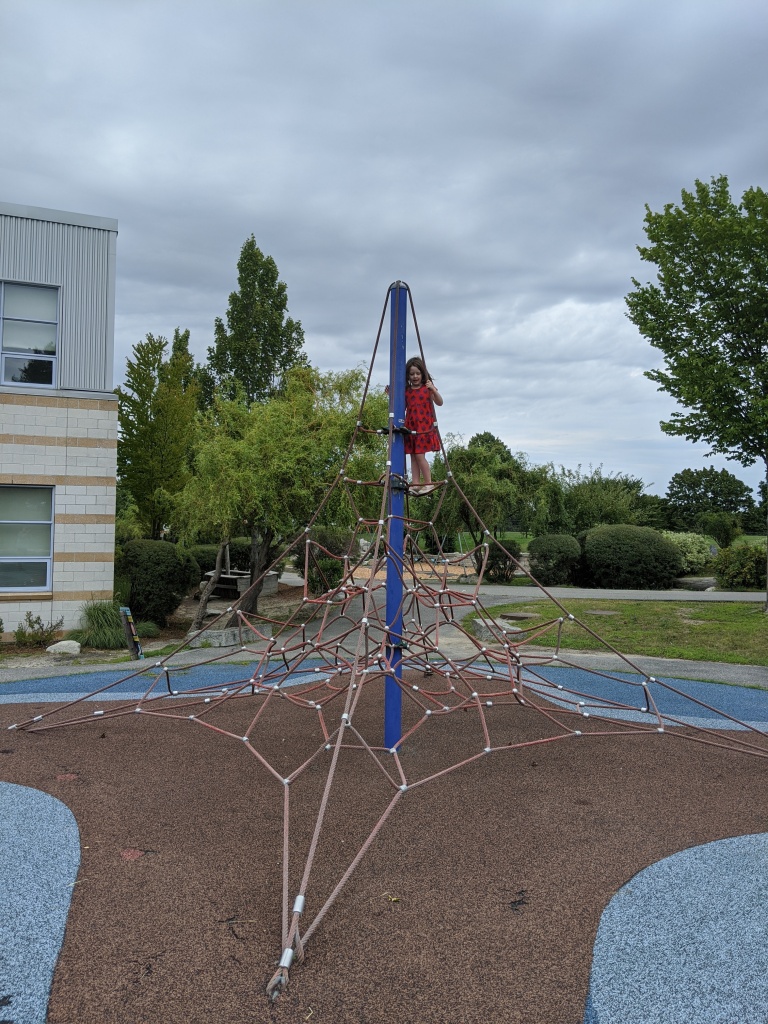
During a pandemic, there is nothing better than an empty playground.
September 1
When the playground wasn’t empty, we showed adaptability.
September 9
I didn’t get to San Francisco this year, obviously, but it was terrible to see what the wildfires did to it.
September 14

Having not seen him since the previous summer, my brother made a quick strike visit to my parents. He came down one night for a few socially distanced beers out by the fire pit. Have not been able to see him since.
September 18

The closing for our old house was complete, though not without issue. We ended up having to hang a u-turn just out of the parking lot flagging down the buyers in the process because the title company had so badly screwed up the paperwork and check. Our buyers were great about it, however, and we’re very happy to hand the property over to people who clearly valued it the way we did.
September 24
Eleanor may not have been going to school, per se, but I sincerely doubt that she would have learned as much about sharks at daycare.
September 24
As parental roles go, I’m more the one who roughhouses and gets jumped on than does crafts, but she asked me very nicely to make this.
October 1
We held out hope as long as we could, but eventually we conceded to the inevitable and cancelled the Monktoberfest, our beer & tech conference here in the great state of Maine. We held an online toast with alums, and all of us here have our fingers crossed things are better by next fall.
October 14
The process was absolute hell – more on that here – but much as we loved where we used to live, we eventually made the decision to move one town south to a house that gave us much more room to maneuver. Hopefully those of you not in our pod will be able to see it in person at some point, eventually.
October 15
There was no chance I was going to miss the opportunity to vote this year, so first opening in our quarantine window I popped in. I was met by our realtor, in fact, who was working the polls, bless her.
October 16

Hauled the last of our precious cargo out of the old house and down to the new.
October 31

We knew we couldn’t give the kids a normal Halloween, but we all did the best we could.
November 1
We didn’t buy the new house with the intent of setting up a movie theater in the basement, but it didn’t take that long for us to do just that either.
November 7

First faint signs of hope in a long while.
November 9
Some people started baking bread during the pandemic. I tried my hand at hot sauces, several of which rendered my food inedible. One of them is really good, though.
November 10
My non-traditional pre-school curriculum continued.
November 18
We bought the house in part because of its size, which gave us all room to breathe. The downside was that I had to physically run cabling everywhere. Absolute nightmare.
November 30
Spent her birthday at the playground.
December 4
When your ability to work at home depends on having power, generators acquire a new importance. The only problem was that they shipped it to me with a massive dent, so I had to take it apart and “undent” it. Doesn’t look pretty, but works now.
December 5
December 9
In case you were wondering how Eleanor got so good with her shark identification skills, let’s just say she works at it.
December 17

The forecasts originally all said the storm was going to pass south and miss us. Over thirty-six hours or so the predictions went from an inch or two to a foot. We ended up getting something like sixteen inches, and much higher in spots where the snow had drifted.
The good news was that having a garage now meant that a) we could pull our cars in out of the storm, b) I could just roll the snowblower out of the garage rather than pushing it up the hill in the back like at the last house. And as a bonus: c) I now had a place to hang the Jeep’s doors when I took them off (see 21, June).
December 25
Making this was an absolute disaster and I was up until two in the morning – and then got woken up by Eleanor at 5 after she had a nightmare – but we got to have Christmas with Kate’s family who’d quarantined for two weeks for us, bless them. Also great was the fact that all three of us napped that afternoon, a Christmas miracle.
December 28
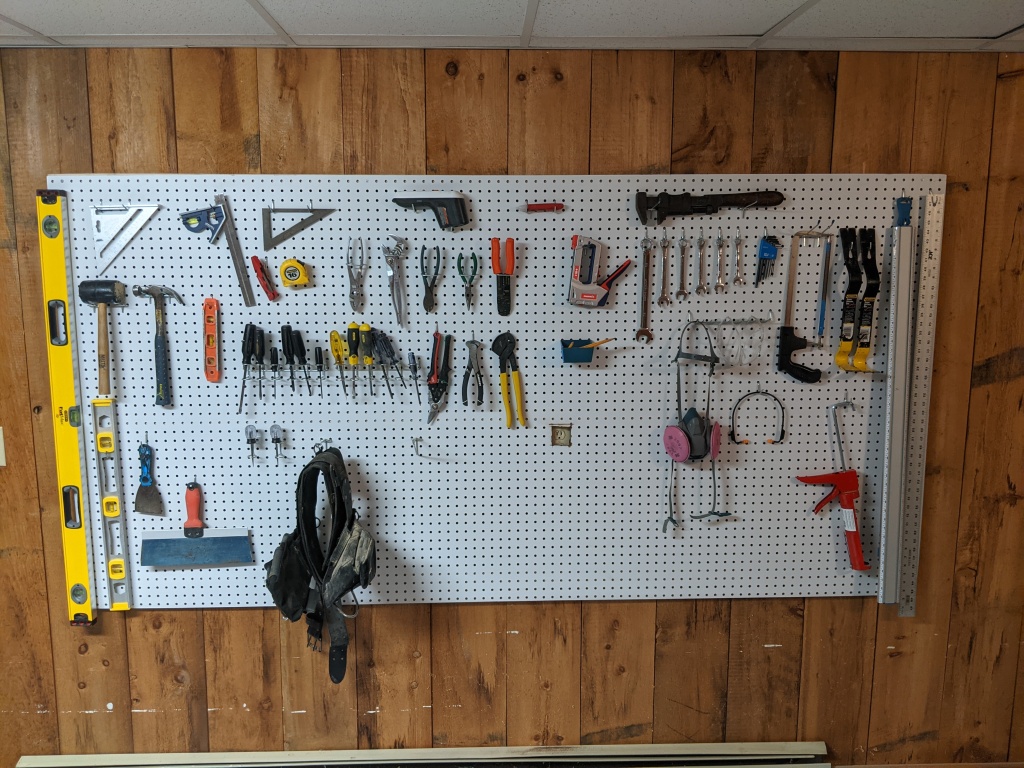
With the Lego table out of the way, I got to organizing the new shop, which is maybe twice the size of the old shop.
December 31
More socially distant fireworks to close the year.
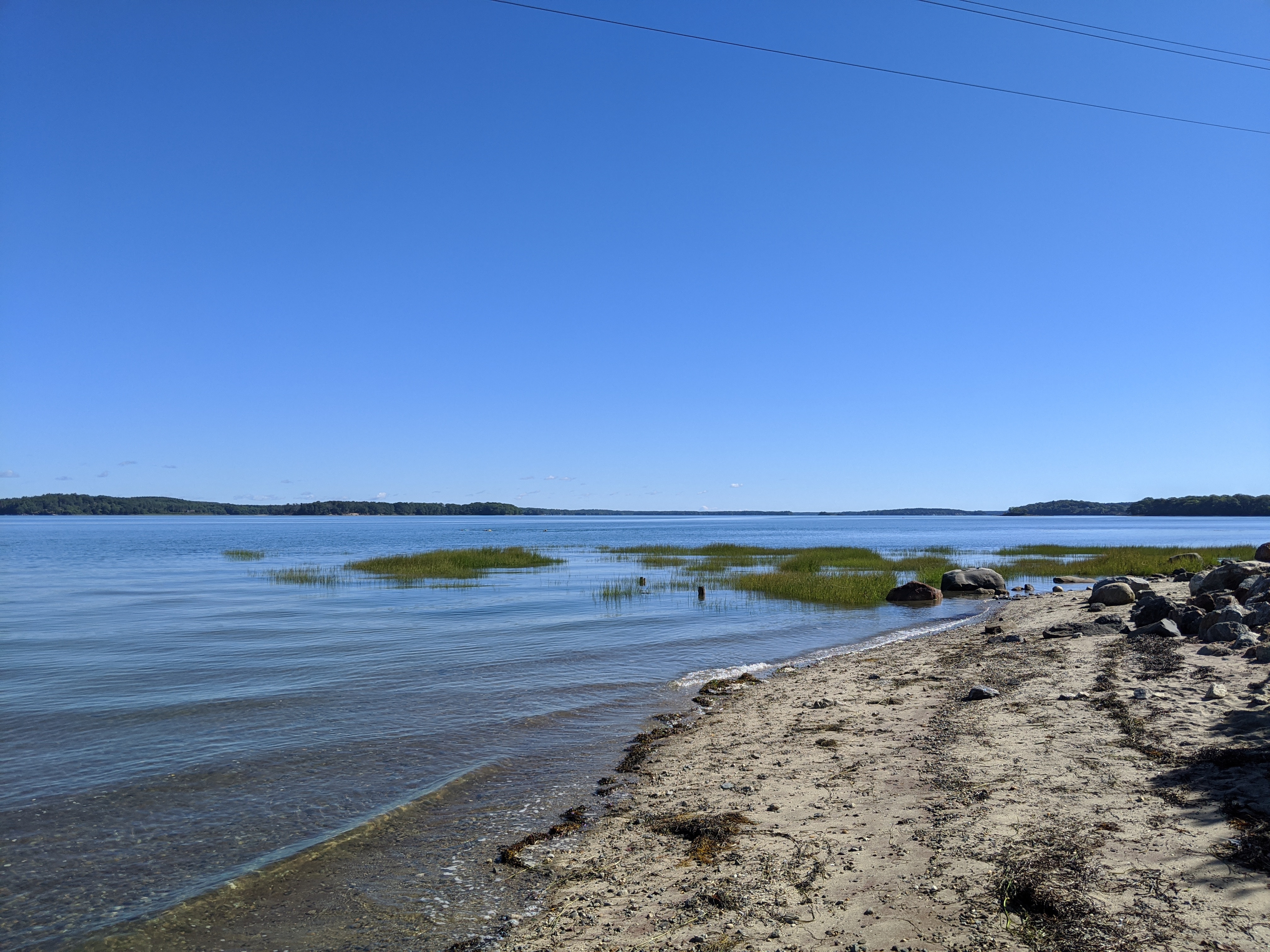

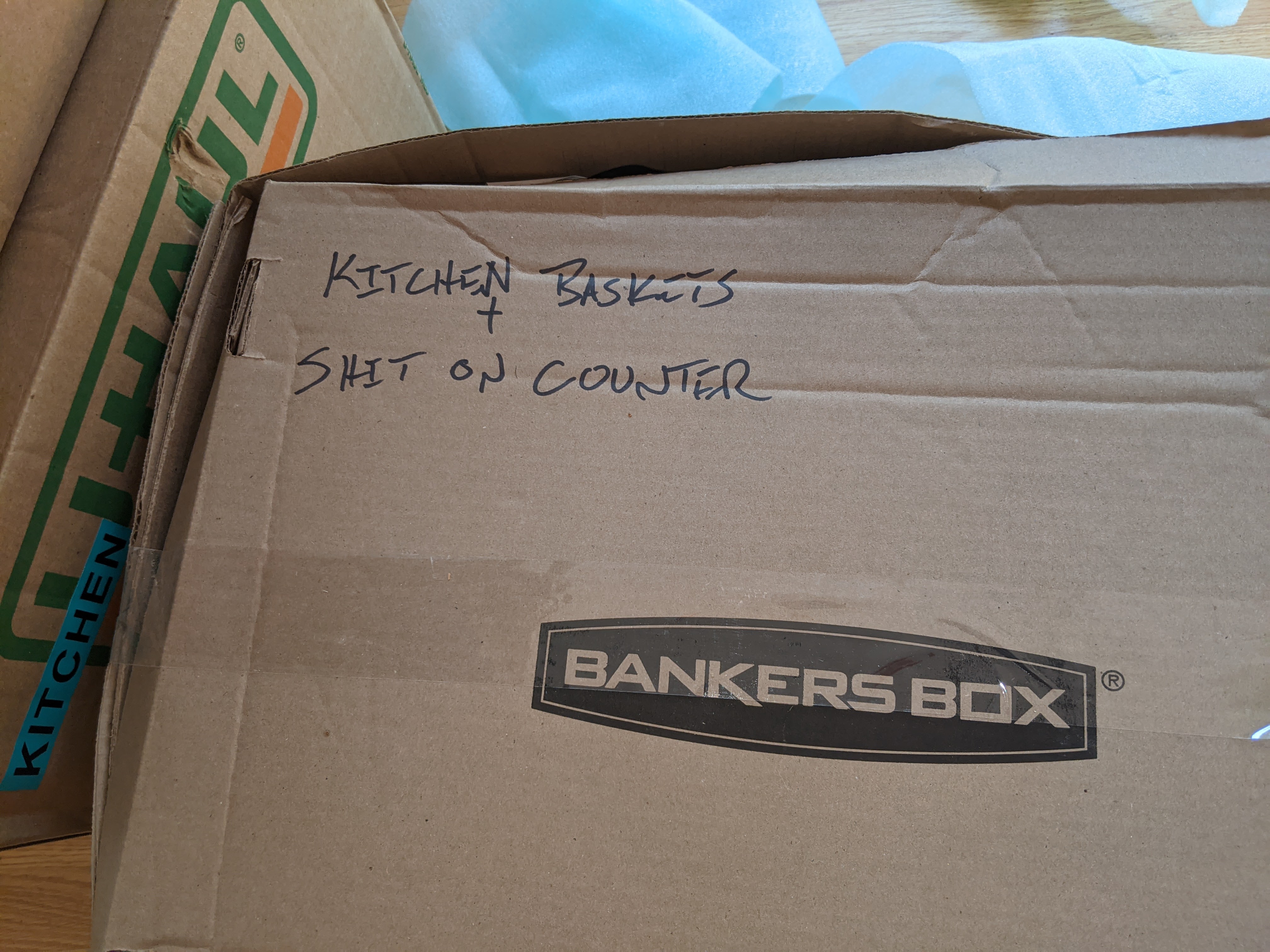

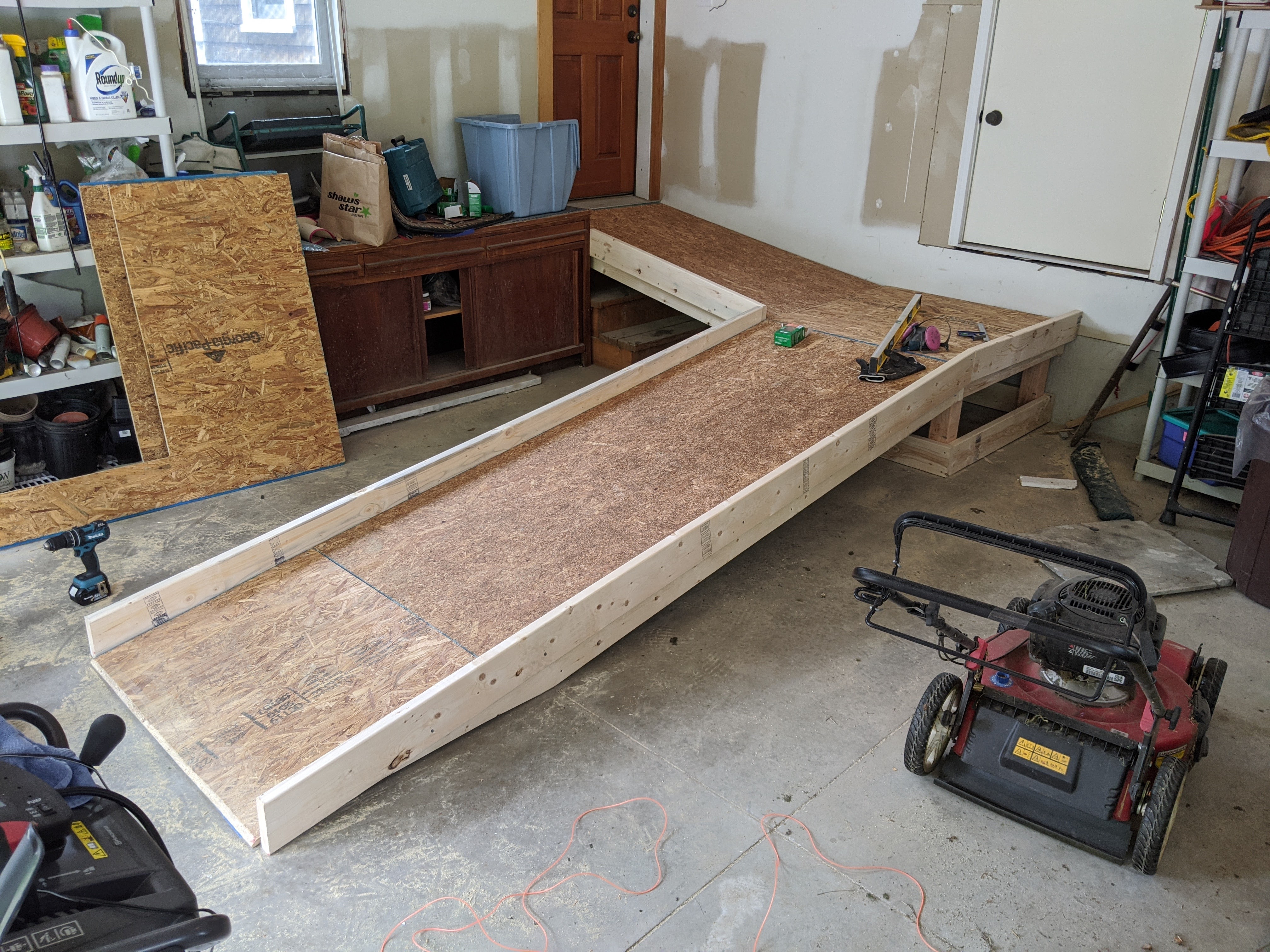

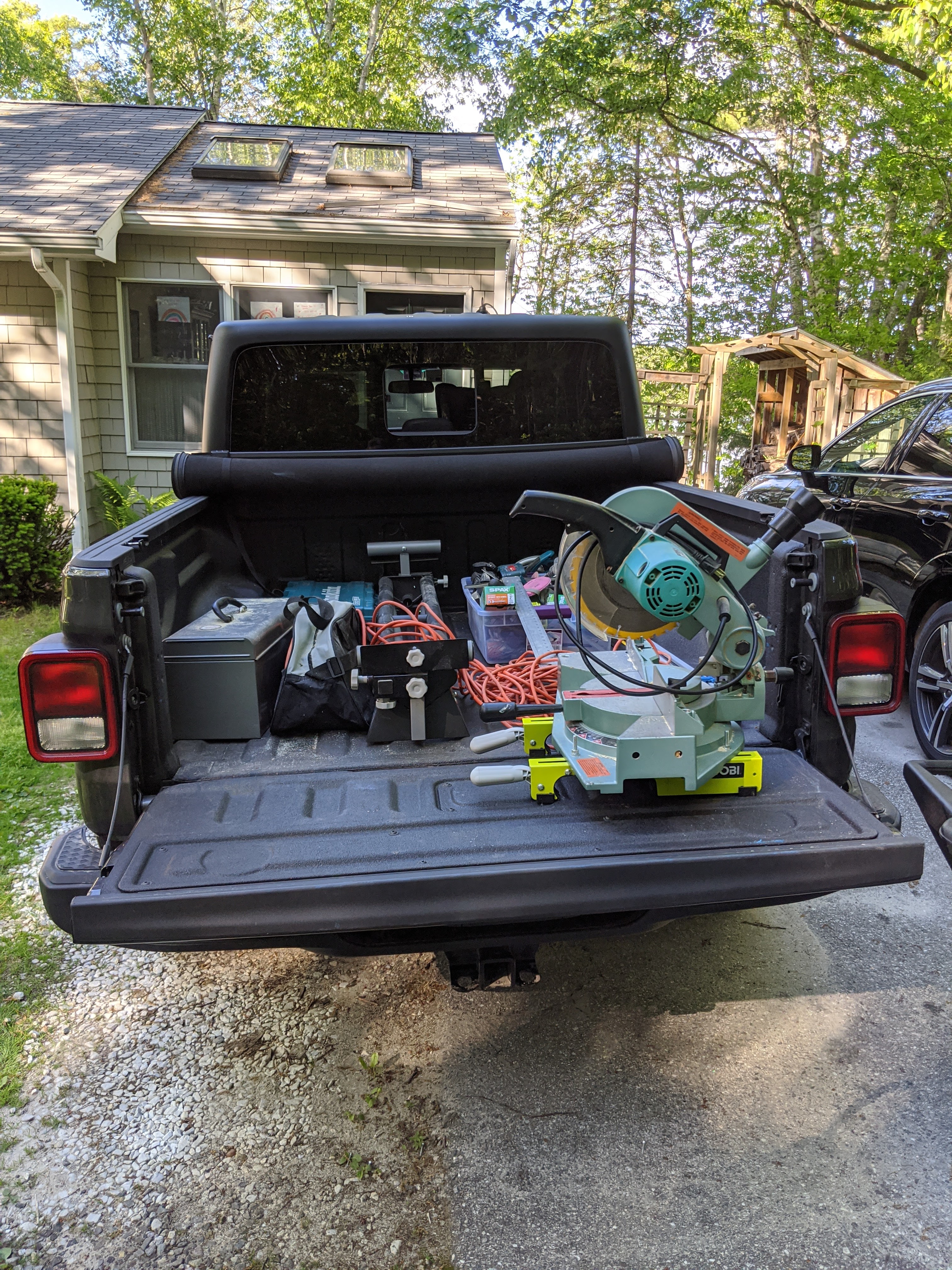











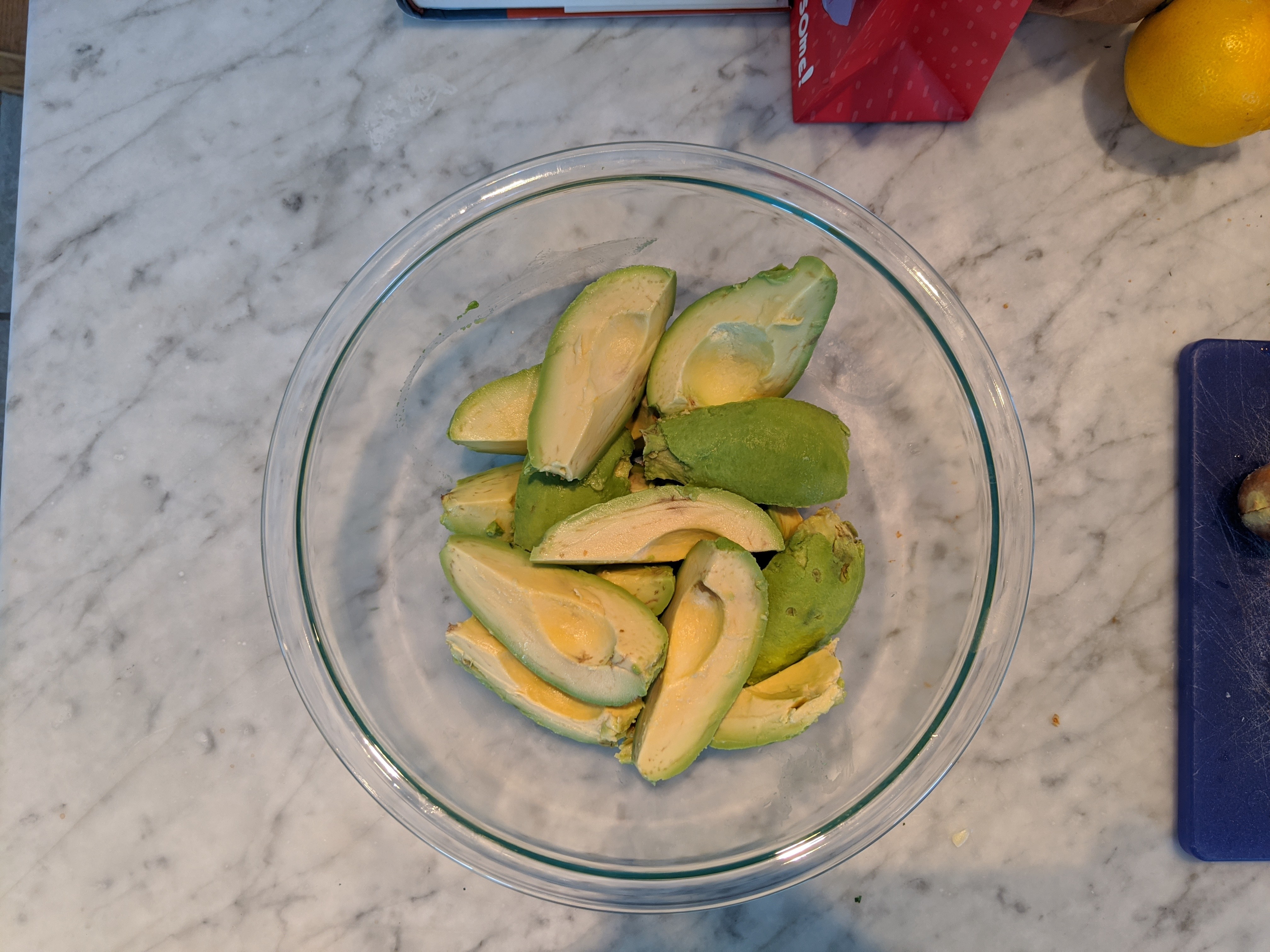














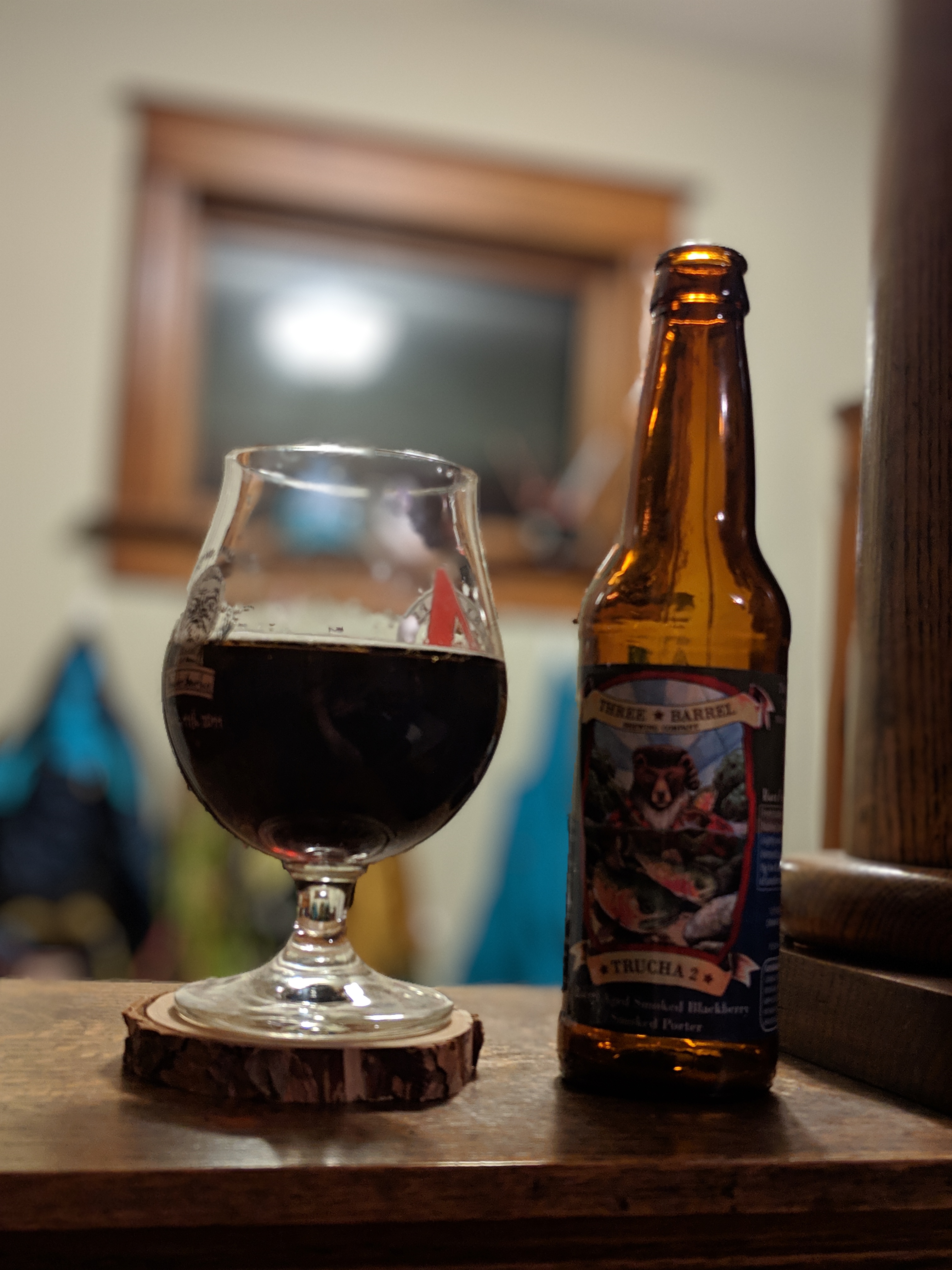




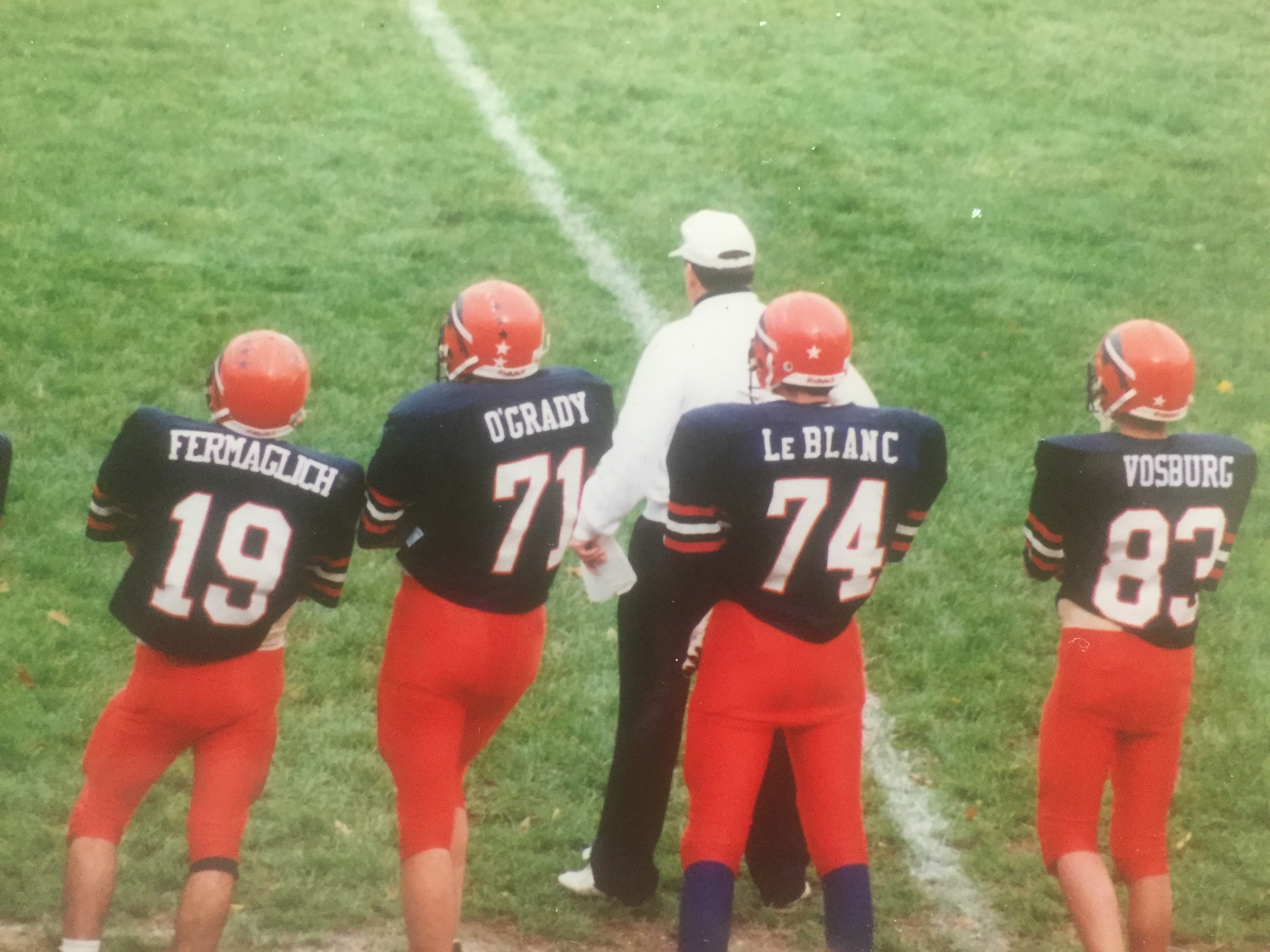




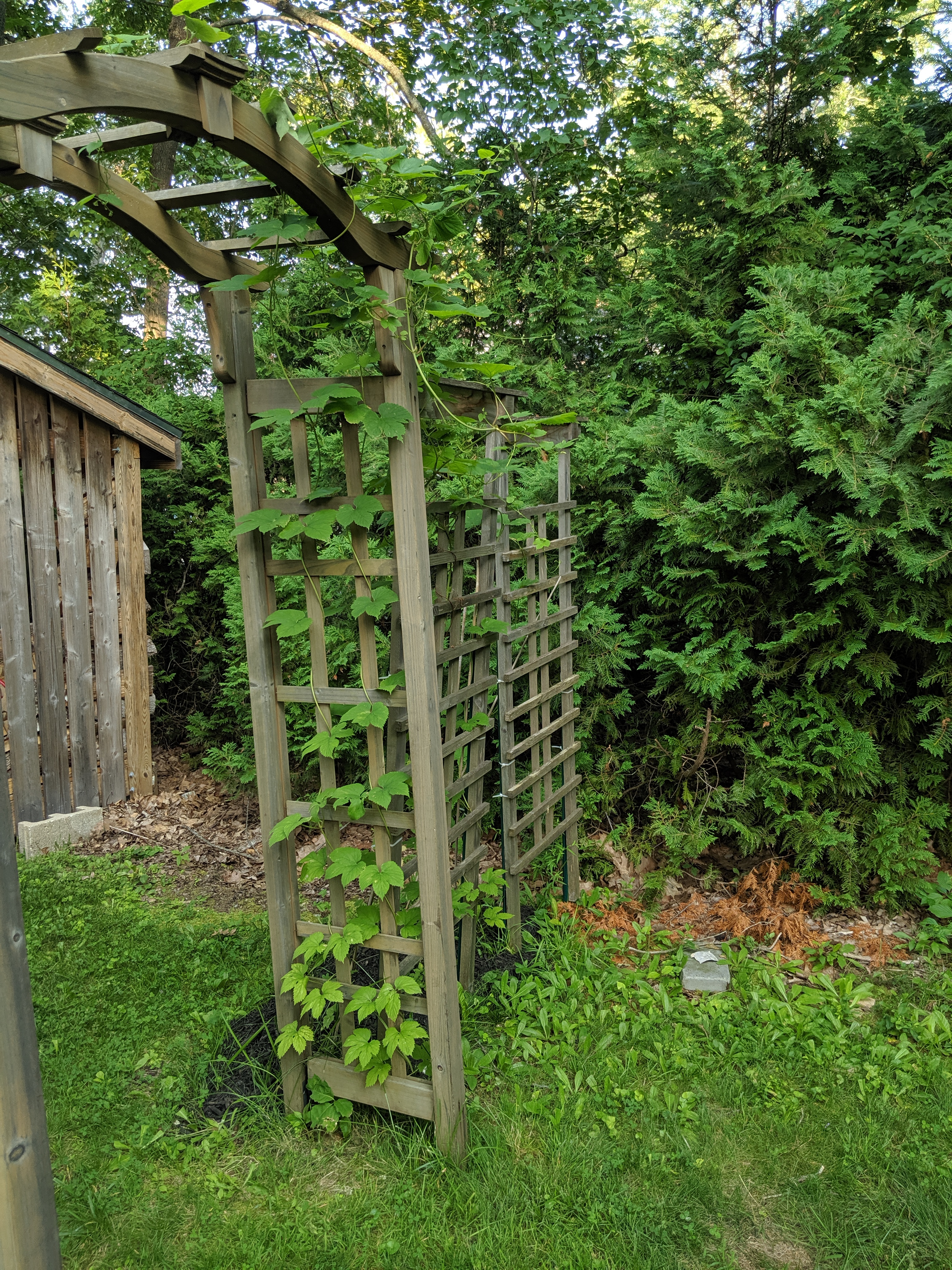






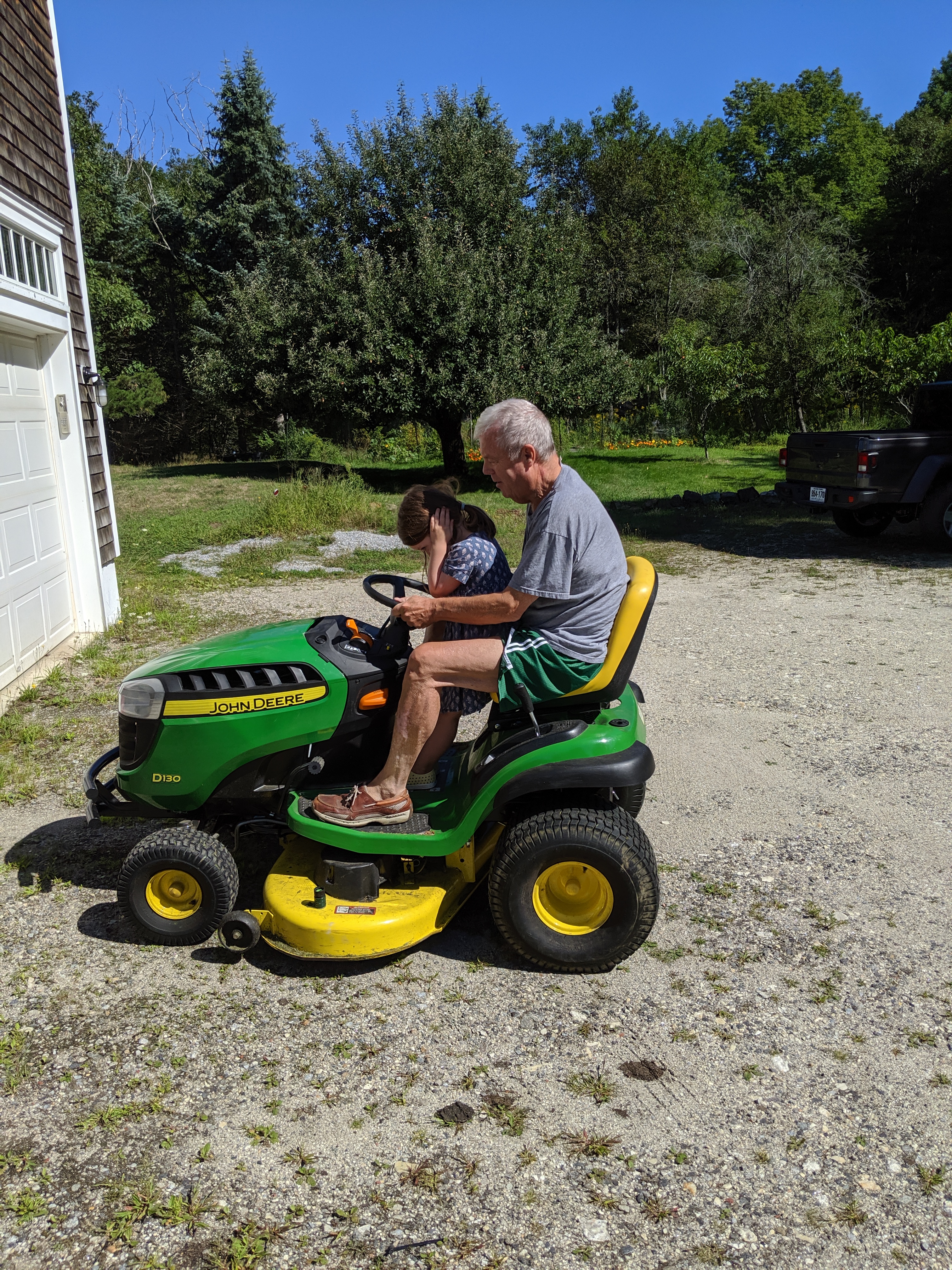

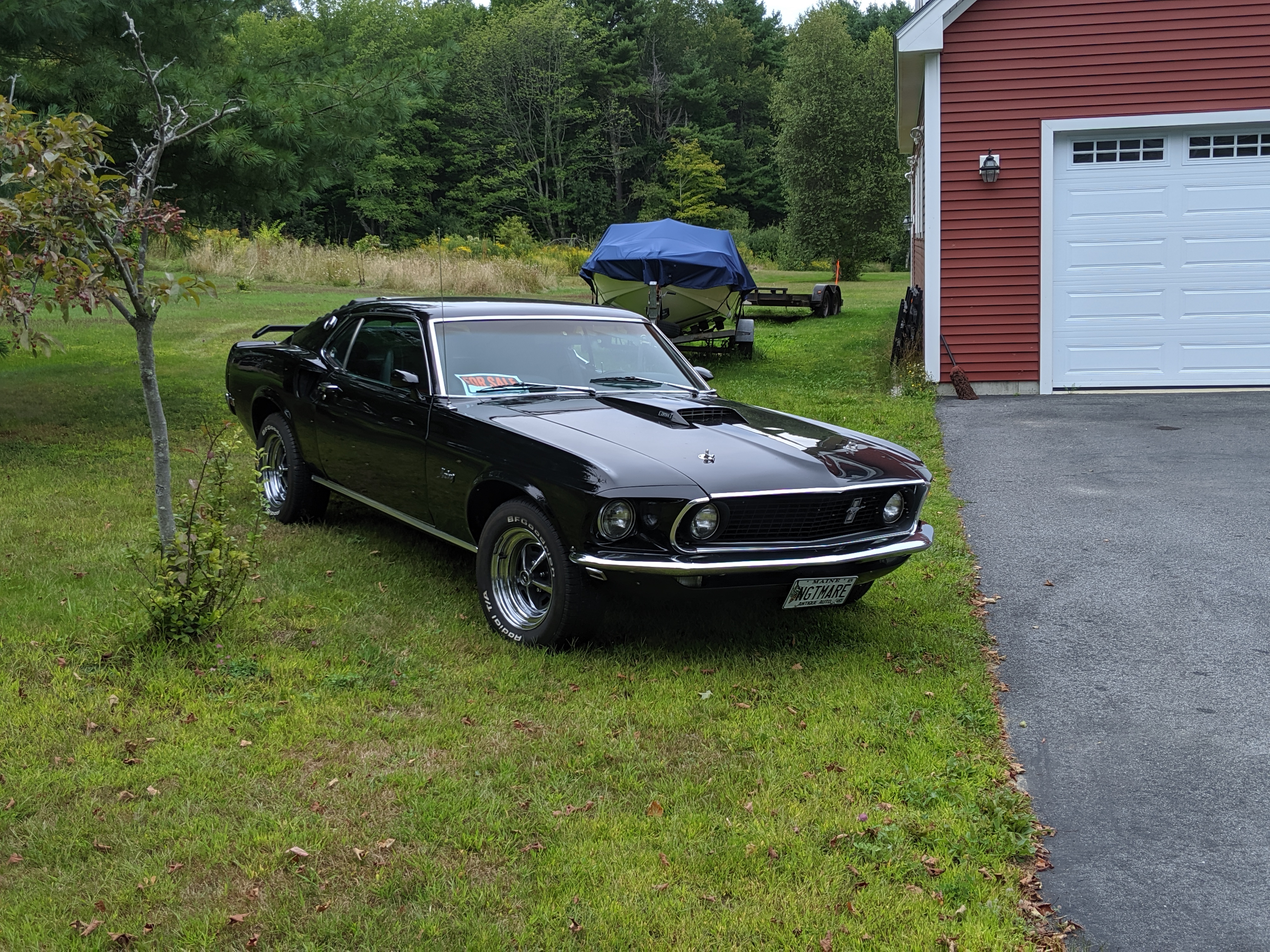













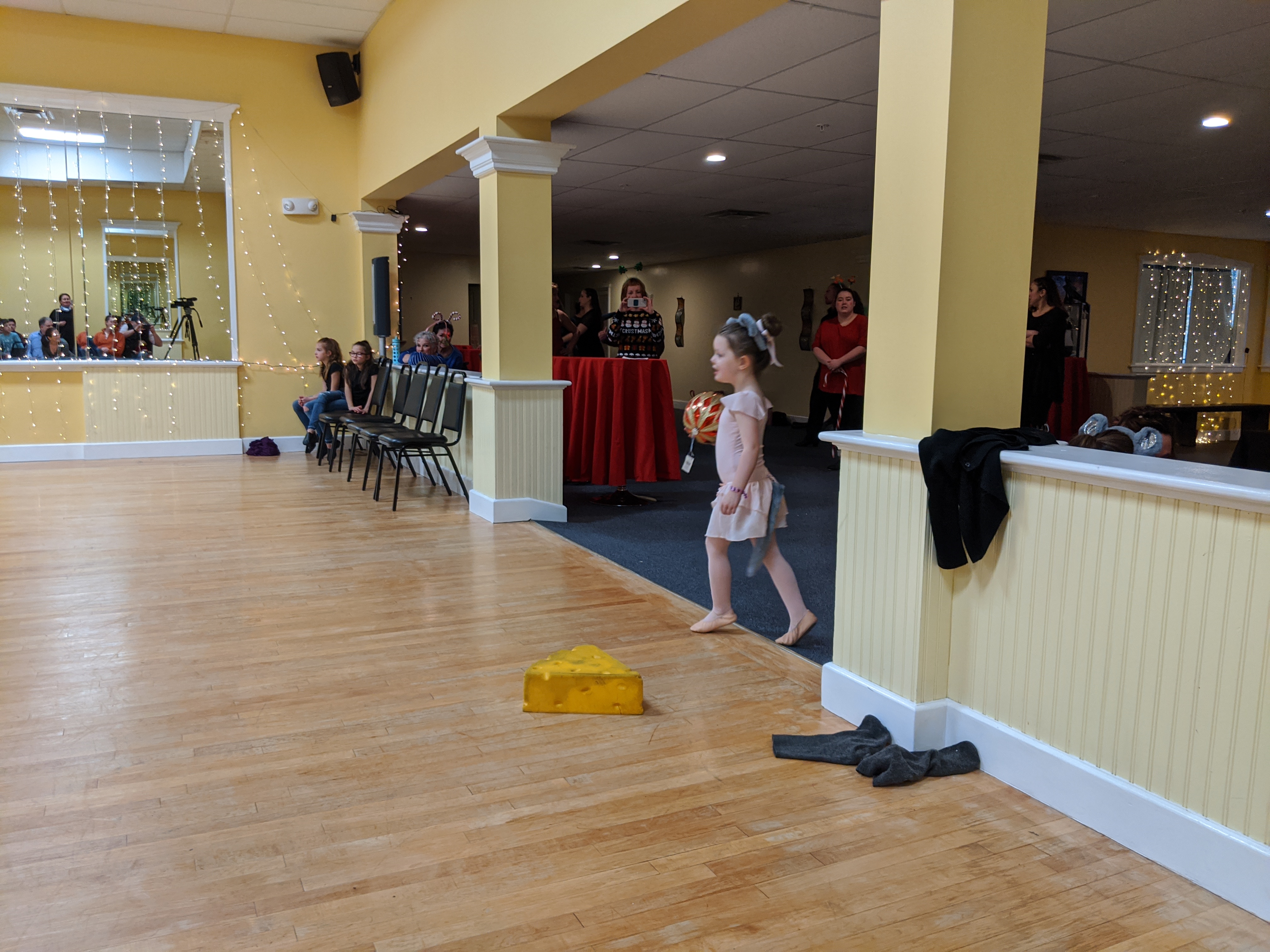





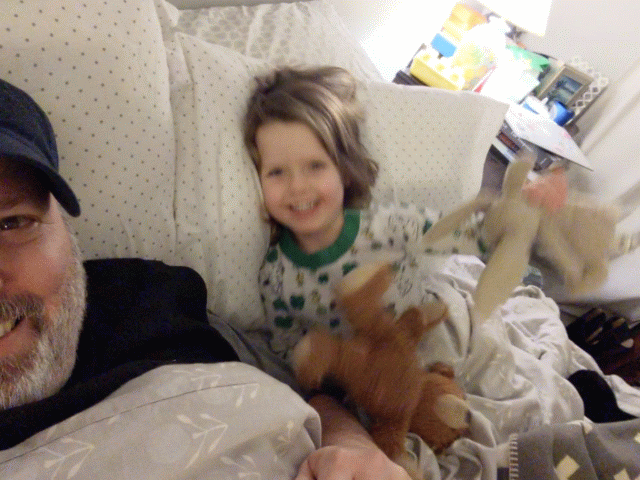

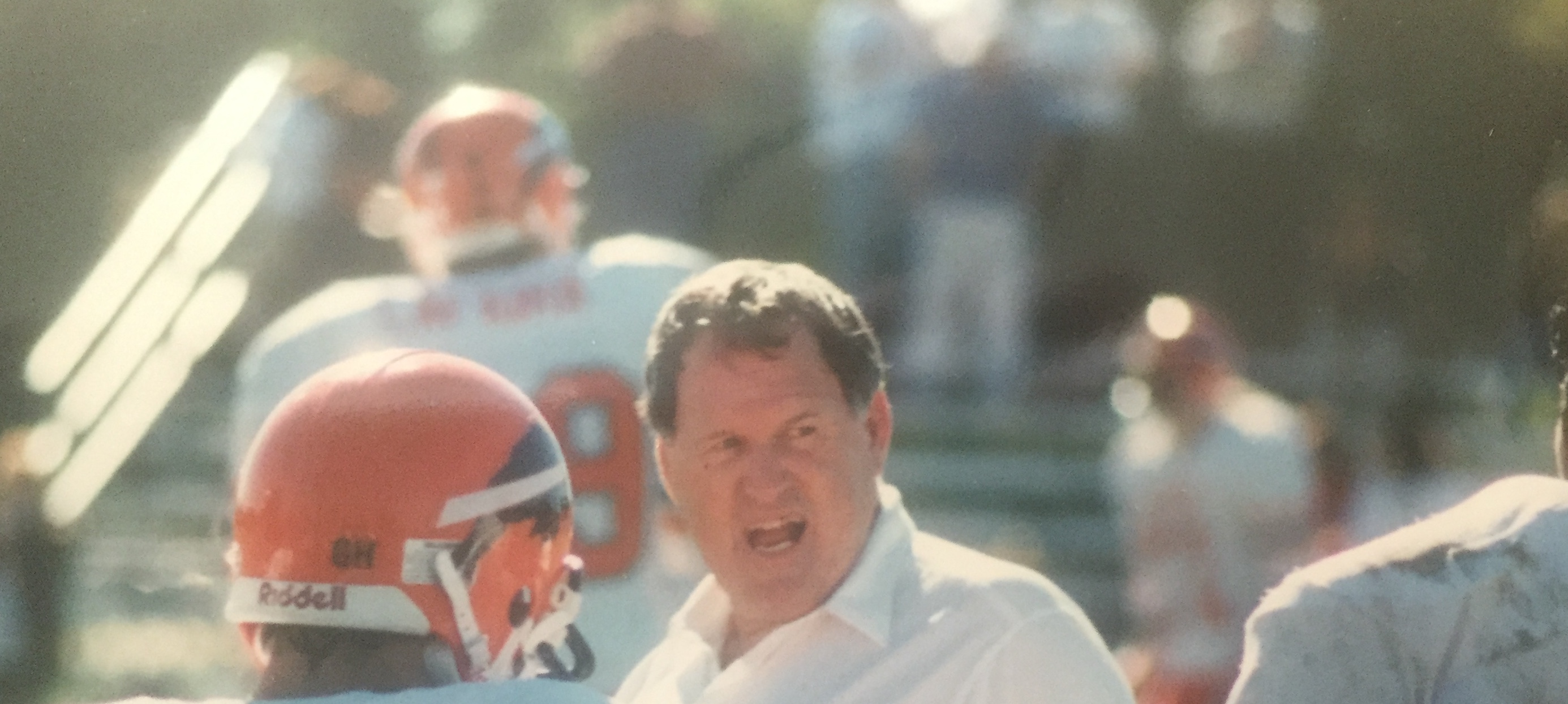
 As an incoming freshman, at the beginning of the summer, you got assigned to a “squad.” Squads were small groups of players from a variety of classes, typically led by two seniors. Weekday nights all summer, your squad met for workouts. Some were grueling long distance runs. Others were fun distractions like the annual mud run. We did pushups, bear crawls, up downs – all the things that have since have been popularized by Crossfit.
As an incoming freshman, at the beginning of the summer, you got assigned to a “squad.” Squads were small groups of players from a variety of classes, typically led by two seniors. Weekday nights all summer, your squad met for workouts. Some were grueling long distance runs. Others were fun distractions like the annual mud run. We did pushups, bear crawls, up downs – all the things that have since have been popularized by Crossfit.



